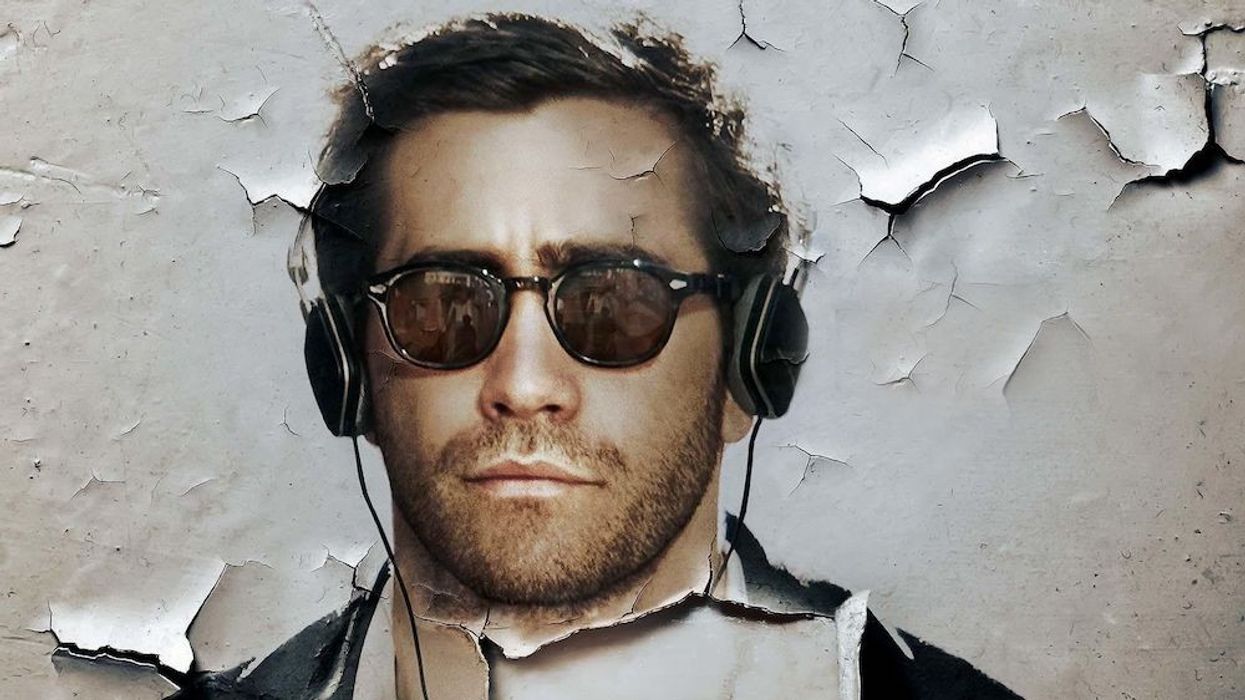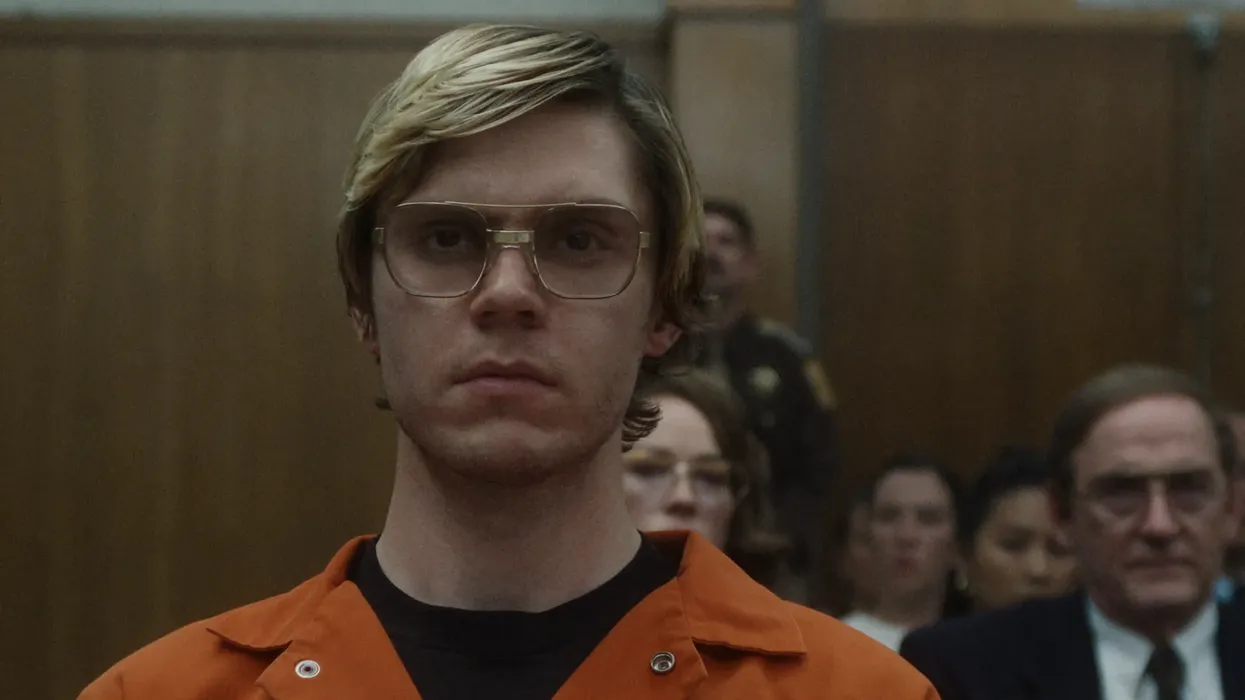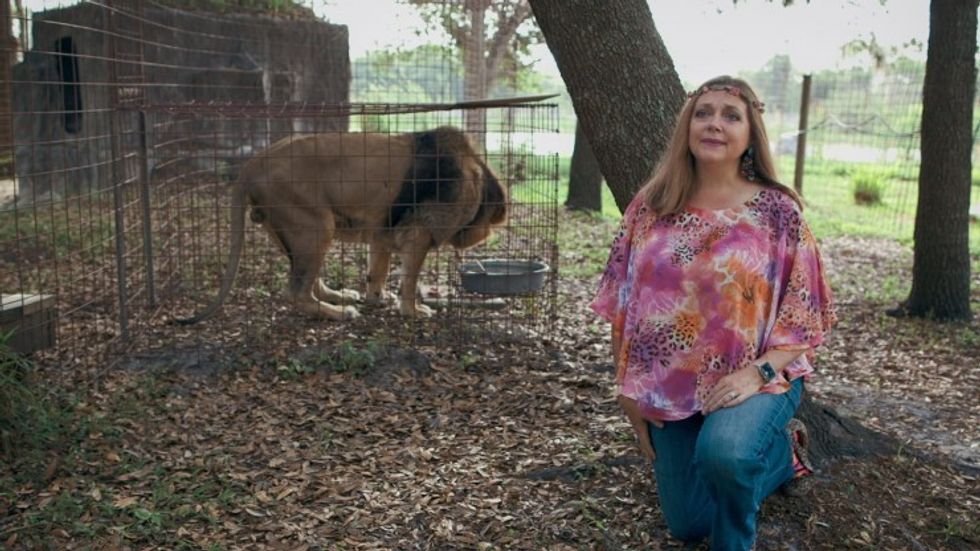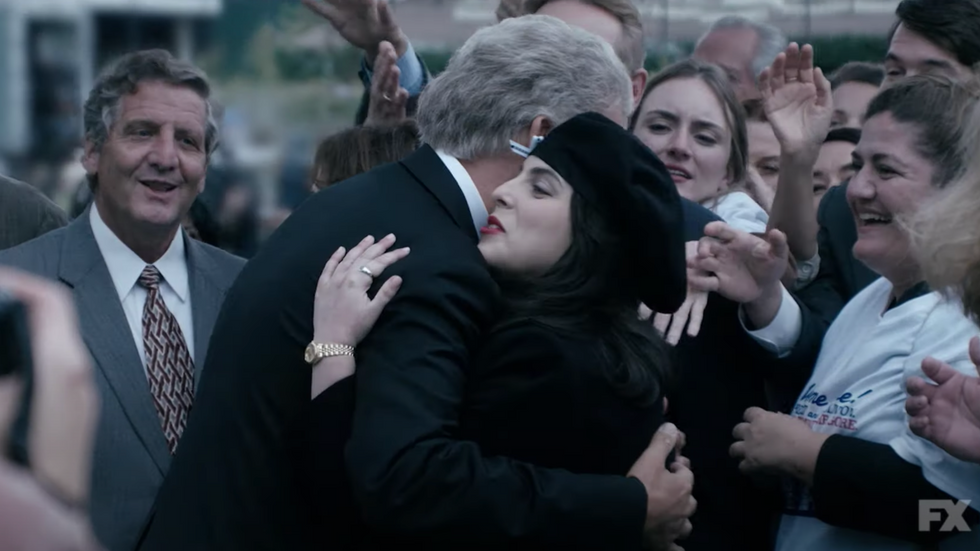How to Nail Your Soundtrack Like Director Jean-Marc Vallée
The right needle drop can set the mood for any scene. Here's how one famous director does it so well.

Jean-Marc Vallée knows how to make a scene memorable. Through his work in TV and film, he has become one of the most vocal directors with his distinct point of view, always making sure the audience feels the story beats.
Aside from great writing, he uses music to help bolster these scenes.
The needle drops in his work always feel like they perfectly capture the mood. From the title sequence in Big Little Lies to the headphone montages in Demolition, he gets things right over and over.
But how does he strategize these picks?
And how can you emulate him?
Check out this video from Creative Principles and let's talk after the jump.
How Does Jean-Marc Vallée Pick Music For His Films?
Authorial intention is a hard thing to balance. You don't want to bang the audience over the head with your theme or message, but you also don't want it to get lost in the sauce.
What sets Vallée apart from other directors is how he's able to subtly channel the music in his movies and TV shows to help set the tone and mood. He directs with intention and energy.
One fact that surprised me about him is that he's known for essentially zero storyboarding. He likes the cinematography to happen naturally, much like his preference for natural light and handheld cameras.
This approach to filmmaking makes his stories feel more like documentaries than narratives, capturing moments with his camera as they arrive.
And his music choices back that up.
Many of his motifs involve living in the moment or living expressively. It’s hard not to think of music and how it changes us.
While some people consider music an emotional shortcut, Vallée doesn’t think it cheapens the viewer’s reaction. He uses it to enhance our wonderment at the world he is creating.
He also uses the music to change with the characters.
As people arc, we get new musical cues that show them becoming someone new. The way he's able to do this is by making his music diegetic. When you watch his films, you’ll notice we only hear music when the characters hear music.
There's no score behind them, so we get the music these people hear when they are in certain moods.
These simple ideas are what make him stand out. He's manipulating the audience's empathy to make sure we are directly aligned with the people on the screen.
Try it in your next film!
Up next: How does Damon Lindelof write a screenplay?
At some point in the mid-2000s, Lost threw Damon Lindelof into the spotlight. He went from a guy with an idea to being one of the creators of the most popular shows on television. From there, he's worked on popular movies, new TV shows, and been in and out of the spotlight.
Now learn how he mastered writing a screenplay.
Source: Creative Principles













